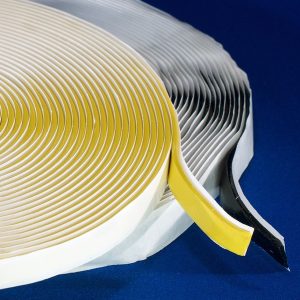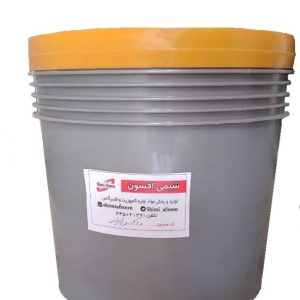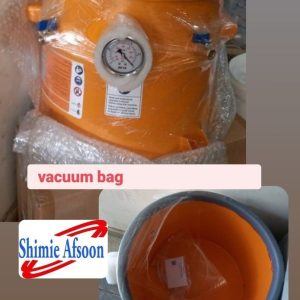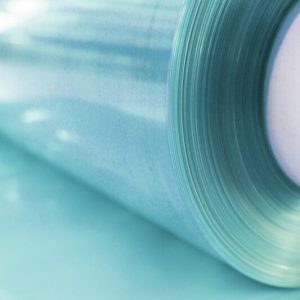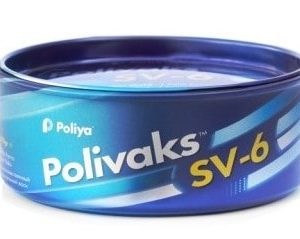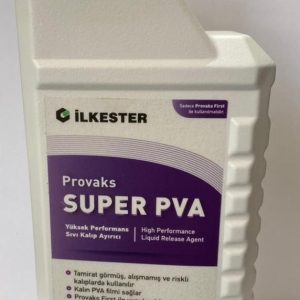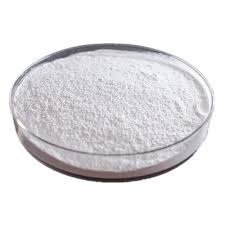Vacuum injection process: a new method in making composites
Vacuum Infusion Process is one of the advanced methods for producing composite parts. In this technique, using a vacuum, the resin is pressed into the fiber layers. This method has significant advantages over traditional methods such as manual molding, including high precision, excellent surface quality, and less manufacturing time.
The role of perforated film in vacuum injection process
Perforated Release Film, which has the ability to work up to 120 degrees Celsius, is considered a vital component in the vacuum injection process. This film is placed between the layers of fibers and the mold and prevents the fibers from sticking to the mold. Also, the small holes in the film allow excess resin to escape and penetrate the upper layers.
Specifications of blue perforated nylon
Blue perforated nylon, which is suitable for various applications in the vacuum injection process, has the following characteristics:
Roll length: 100 meters
Width: 1.5 meters
Area of each roll: 150 square meters
Essential features of perforated separator film
Perforated separator film is usually made of polyethylene or polypropylene material and must have certain characteristics in order to be used in the vacuum injection process:
Puncture resistance: The film must be able to withstand the pressure caused by the vacuum without being damaged.
Adhesion resistance: This film should not stick to fibers or resin.
Flexibility: The ability to stretch on the mold without tearing is one of the other features.
Procedures for using perforated separator film
The use of perforated separator film is carried out in the following steps:
Placing the film on the mold: The first step involves placing the film on the surface of the mold.
Placing the fiber layers: After that, the fiber layers are placed on the film.
Adding Resin: Next, resin is added to the layers.
Applying vacuum: Finally, the system is subjected to vacuum, which causes the resin to penetrate deep into the layers and connect them.
After the vacuum injection process is finished, the separator film will be removed.
Advantages of using perforated separator film
Using this type of film in the vacuum injection process (VIP) has several key advantages:
Improving the surface quality of parts
Preventing fibers from sticking to the mold creates smooth and uniform surfaces in the parts, which improves the final quality of the product.
Increasing the rate of resin penetration
This film accelerates the resin penetration process, which in turn increases the efficiency of the production process.
Reduce resin wastage
The use of perforated separating film allows the resin to be spread evenly and with minimum consumption on the surface of the part. This feature will reduce waste and increase productivity.
Reduce construction time
Perforated release film dramatically reduces the time required to produce parts by facilitating faster penetration of the resin into the fiber layers. This not only increases the speed of production but also enables faster delivery of finished products.
Increasing accuracy in construction
This film improves the accuracy of parts manufacturing by preventing unwanted fiber movement during the vacuum injection process. The result of this feature will be the production of higher quality products and stricter standards.
Optimal pressure control
The uniform distribution of space for the air to escape from the part surface optimizes the pressure of the vacuum device and strengthens the overall performance of the vacuum injection system. This precise control over the pressure has a direct effect on the final quality of the product.
Multilayer vacuum bagging machine
The high-quality multi-layer vacuum bagging machine is designed to carry out various processes such as vacuum bagging, traditional vacuum back and resin injection. These devices are usually used in composite industries to ensure the high quality of final products.



